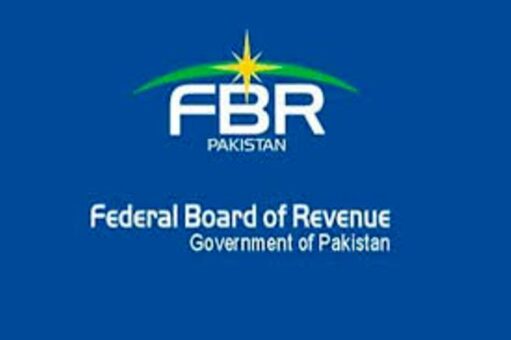ISLAMABAD: Federal Board of Revenue (FBR) to acquire information of bank account holders having deposits above Rs0.5 million from the State Bank of Pakistan (SBP), sources said on Tuesday.
The details of account holders would be obtained for the purpose of broadening of tax base.
The exercise started after a letter was received by the FBR from the office of Prime Minister. Prime Minister Imran Khan expressed concerns over narrow taxation base, low tax-to-GDP ratio, systematic aberrations in the taxation system and has desired that concerted efforts should be put in to increase taxation base.
In this regard Member Inland Revenue (Operation) issued directives to all the Chief Commissioners and Director General Broadening of Tax Base for taking following measures.
01. Data of banks account holders above the threshold of Rs500,000 should be examined with the assistance of the State Bank of Pakistan (SBP).
02. Data of all industrial and commercial power connections should be obtained from Distribution Companies (DISCOs) and meaningfully extrapolated to ensure filing of tax returns by all concerned.
03. Information about all owner/tenants living in houses of two kanals or more should be obtained.
04. Information about all persons owning luxury vehicles of 2400CC and above should be scrutinized objectively.
Information about frequent foreign travelers should be analyzed.
The tax offices have been directed that in addition to the above, existing base line data of all the above areas/indicators along with the targets set by field formations for the tax year 2019/2020 need to be shared by June 11, 2019 as directed by the prime minister.
The prime minister will review the performance of FBR in the context of the broadening and widening tax base on monthly basis.



